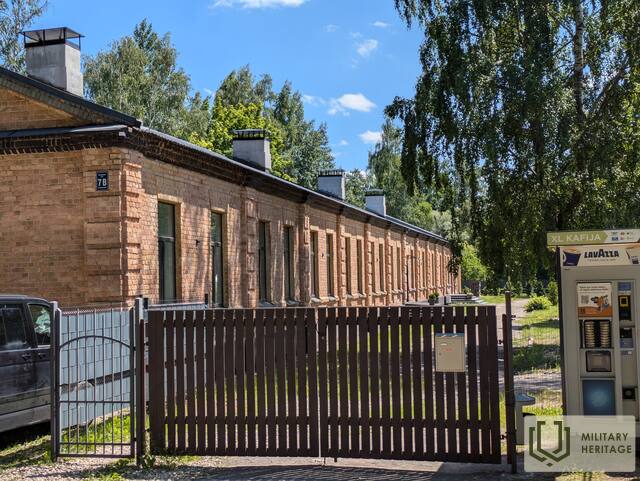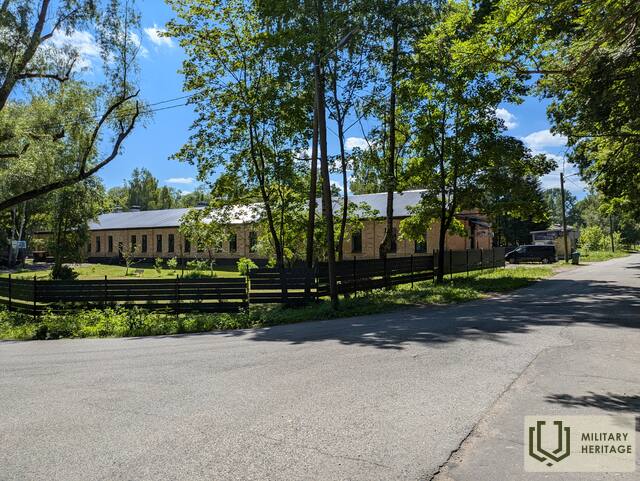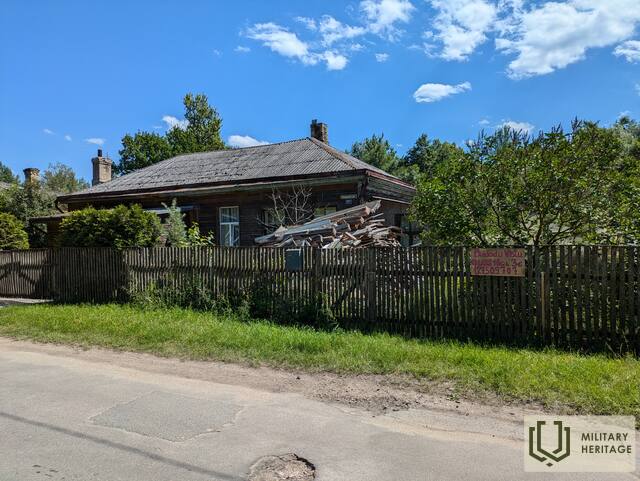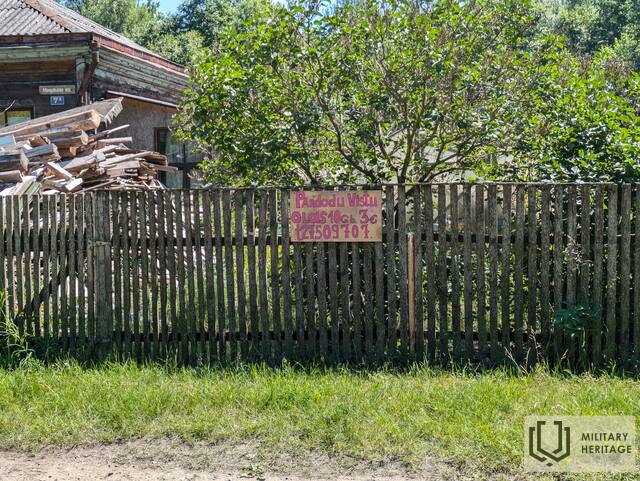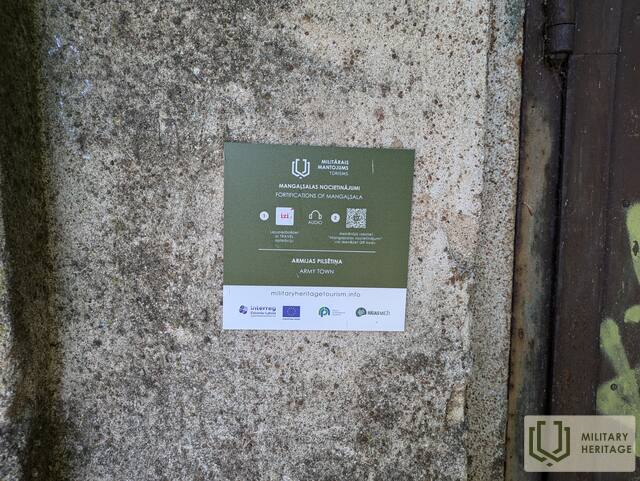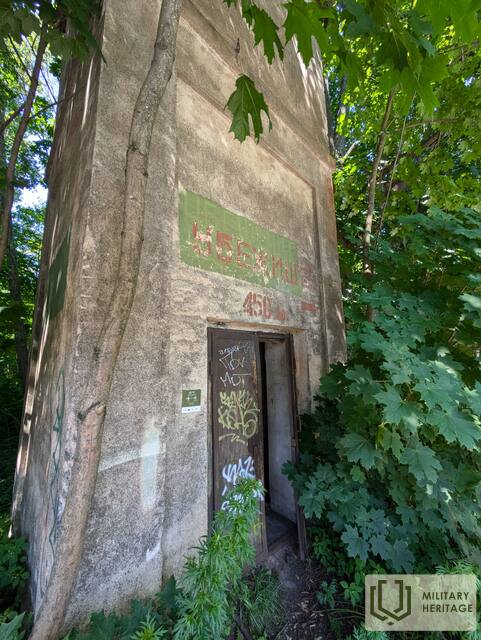Armijos miestelis Karinis miestas




Šiame rajone 1920-ųjų pabaigoje ir 1930-ųjų pradžioje Latvijos armija pastatė armijos stovyklą karininkams ir kareiviams, dirbusiems Mangalsaloje. Vėliau stovykla kartu su Mangalsalos karine baze tapo Sovietų Sąjungos nuosavybe. Čia gyveno civiliai gyventojai be jokio statuso, tačiau vėliau buvo įrengti socialiniai butai mažas pajamas gaunantiems žmonėms. Dešinėje pusėje buvo futbolo aikštė ir maži sodai, tačiau laikui bėgant jie virto pievomis ir pelkėmis. Vėliau čia atsirado privatūs namai ir automobilių servisas. Iki 1960-ųjų Mangalsala visai nebuvo Rygos, o Mangalos parapijos dalis. Tuo metu žmonės čia vertėsi žvejyba arba dirbo armijos bazėje, nes žemės ūkis buvo praktiškai neįmanomas – dirbamos žemės plotas Mangalsaloje tesiekia 3,8 %. Kadaise per stovyklą palei Mangalsalos gatvę ėjo siaurasis geležinkelis, tačiau pati gatvė buvo asfaltuota. Dabar danga paslėpta po asfalto sluoksniu. Kelio gale yra uosto teritorija ir buvusi karinė prieplauka. Kadaise ten buvo švartuojami kariuomenės laivai, o tarp jų buvo nutiesti pėsčiųjų tiltai.
Galima pamatyti iš išorės, einant Mangaļsalo gatve.
Panaudoti šaltiniai ir literatūra:
Šaltinis: Audiogidas „Mangaļsala Fortifications“, https://izi.travel/en/edbf-mangalsalas-nocietinajumi/lv#tour_details_first
Susijusi laiko juosta
Susijusi istorija
Nuskendęs laivas Mangalsalos saloje
Sovietmečiu čia, karinėje zonoje, sudužo betoninis krovininis laivas „Lady Kathleen“, kurio liekanas vis dar galima pamatyti jūroje netoli kranto. Su juo vis dar siejami įvairūs mitai.
Kariuomenės buvimas Mangalsaloje
Atsiminimuose ryškūs įspūdžiai apie Latvijos kariuomenės buvimą Mangalsaloje. Aprašomi fortai, taip pat sapierų pastatytas gelžbetoninis įtvirtinimas. Atsiminimuose aprašomas karių kasdienis gyvenimas, gyvenimo ritmas ir iliustruojama Mangalsalos aplinka. Mangalsalos ir Latvijos armijos karių vizitas.
Ledi Ketlin
Kas nutiko ledi Ketlinai?




